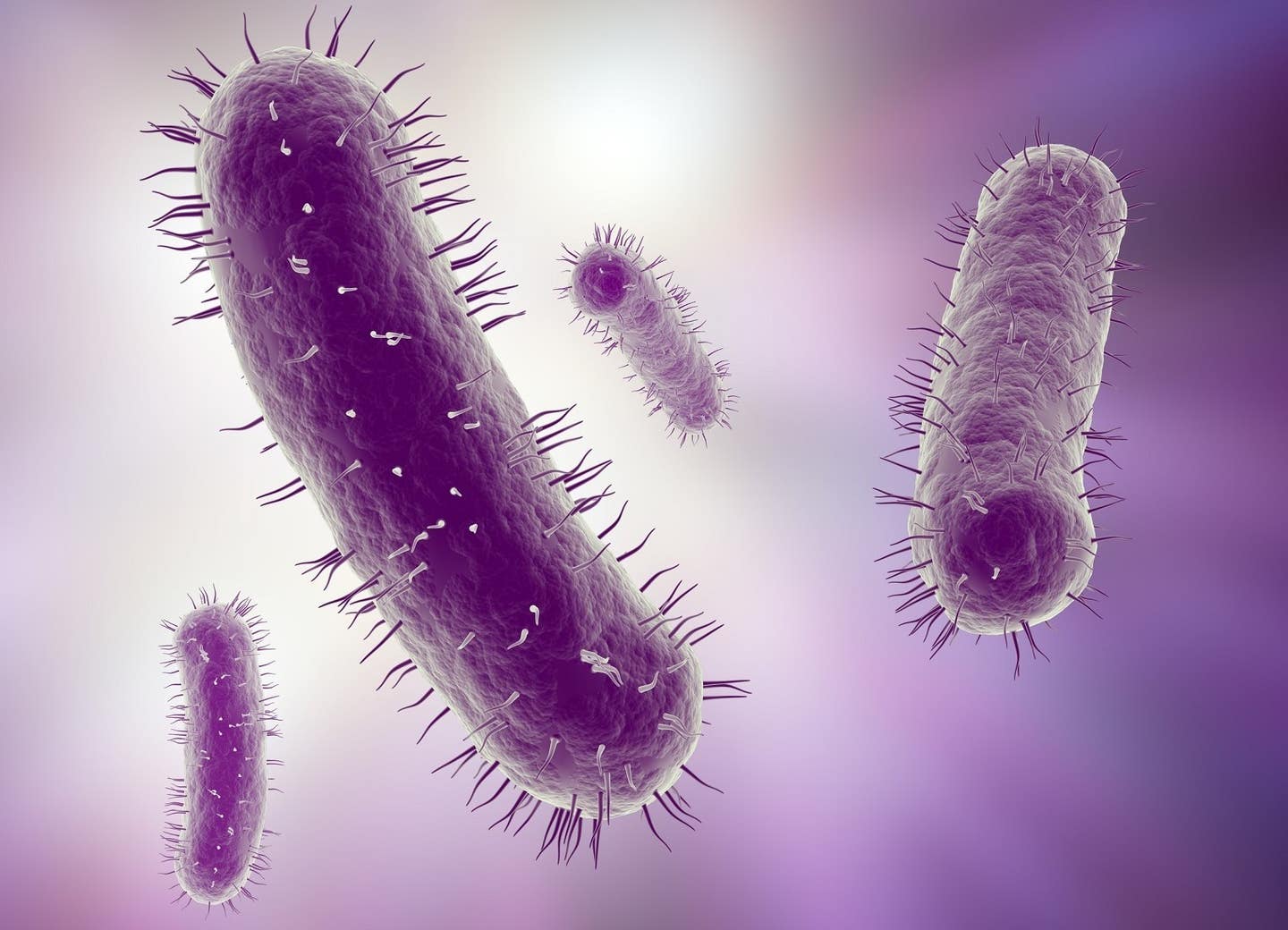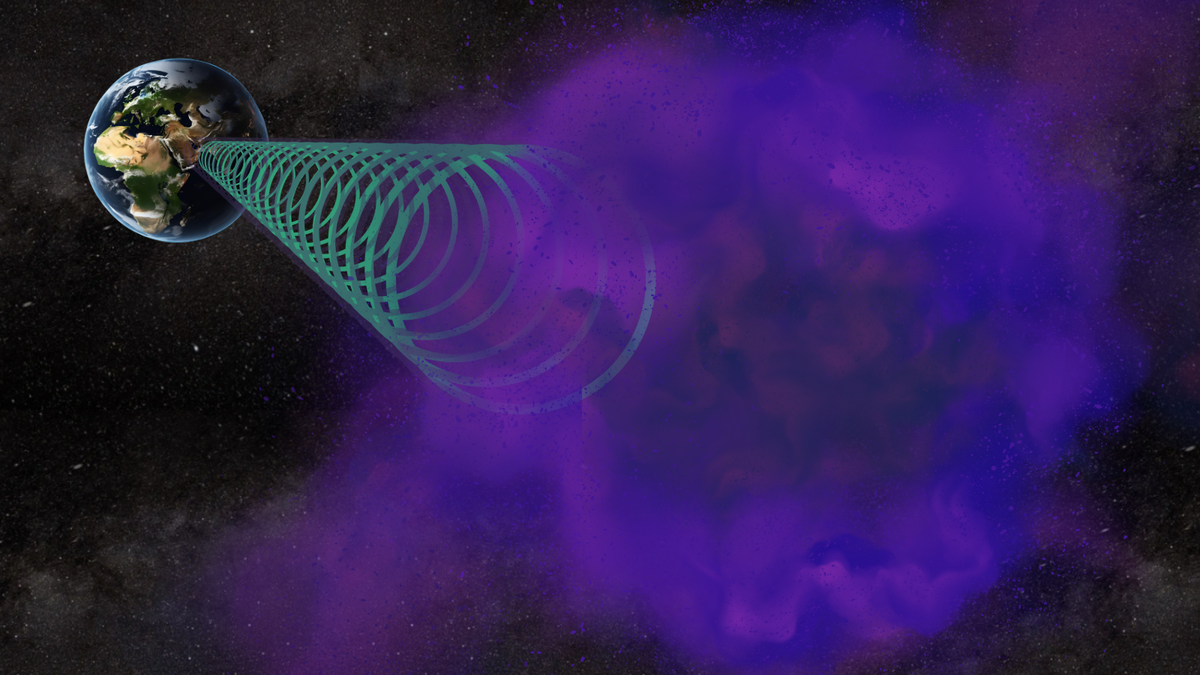Scientists discover third form of life on Earth and how it makes energy
Study has redefined their understanding of archaea, a microbial ancestor that lived two billion years ago and is linked to human evolution

Archaea which thrive in some of Earth’s most extreme environments, have a unique way of producing energy by consuming and producing hydrogen gas. (CREDIT: CC BY-SA 3.0)
Recent research by an international scientific team has redefined the way you understand archaea, a microbial ancestor that lived two billion years ago and is closely linked to human evolution.
These tiny lifeforms, which thrive in some of Earth's most extreme environments, have a unique way of producing energy by consuming and producing hydrogen gas. This discovery sheds light on how archaea have managed to survive for billions of years using this simple but reliable method.
Published in the journal Cell, the findings were led by scientists from Monash University’s Biomedicine Discovery Institute, including Professor Chris Greening, Professor Jill Banfield, and Dr. Bob Leung. Their research significantly updates what you may know about basic biology and offers insights into the role of hydrogen in life’s evolution.
Dr. Bob Leung highlighted the potential impact of this discovery on future human existence, particularly in developing new ways to utilize hydrogen in a green economy. He pointed out, "Humans have only recently begun to think about using hydrogen as a source of energy, but archaea have been doing it for a billion years. Biotechnologists now have the opportunity to take inspiration from these archaea to produce hydrogen industrially."
At the highest level of life’s classification, there are three domains: eukaryotes, bacteria, and archaea. You might recognize eukaryotes as the domain that includes animals, plants, and fungi. Archaea, however, are single-celled organisms capable of surviving in Earth’s harshest environments. It’s widely accepted that eukaryotes, including humans, evolved from an ancient lineage of archaea that merged with a bacterial cell, likely through exchanging hydrogen gas.
Dr. Leung explains that this discovery advances your understanding of how this critical process may have given rise to all eukaryotes, including humans.
To arrive at these conclusions, the research team analyzed the genomes of thousands of archaea, searching for hydrogen-producing enzymes. They then produced these enzymes in the lab to study their characteristics. What they found was surprising: some archaea use a unique type of enzyme called [FeFe]-hydrogenases.
Related Stories
These hydrogen-using enzymes are present in some of Earth’s most challenging environments, such as hot springs, oil reservoirs, and deep beneath the seafloor. What’s particularly interesting is that [FeFe]-hydrogenases were previously believed to be exclusive to eukaryotes and bacteria. This study, however, shows that they also exist in archaea and are remarkably diverse in both form and function.
Archaea don’t just have any hydrogen-using enzymes; they possess the smallest and most complex ones known to science. The study reveals that some archaea have the smallest hydrogen-producing enzymes of any life form on Earth. This discovery could lead to streamlined solutions for biological hydrogen production, especially in industrial settings where efficiency and resilience are key.
Professor Chris Greening emphasized the potential applications of these findings in transitioning to a green economy. He noted, “Industry currently uses precious chemical catalysts to use hydrogen. However, we know from nature that biological catalysts can function highly efficiently and resiliently. Can we use these to improve the way that we use hydrogen?”
Archaea, with their ancient origins and potential for biotechnological applications, continue to fascinate researchers like you. Their ability to manipulate hydrogen not only offers a glimpse into life’s early days but also holds promise for future technological advancements.
The discoveries made in this study open up exciting avenues for further exploration and practical applications, particularly in the context of a sustainable green economy.
Note: Materials provided above by The Brighter Side of News. Content may be edited for style and length.
Like these kind of feel good stories? Get The Brighter Side of News' newsletter.
Joseph Shavit
Head Science News Writer | Communicating Innovation & Discovery
Based in Los Angeles, Joseph Shavit is an accomplished science journalist, head science news writer and co-founder at The Brighter Side of News, where he translates cutting-edge discoveries into compelling stories for a broad audience. With a strong background spanning science, business, product management, media leadership, and entrepreneurship, Joseph brings a unique perspective to science communication. His expertise allows him to uncover the intersection of technological advancements and market potential, shedding light on how groundbreaking research evolves into transformative products and industries.



